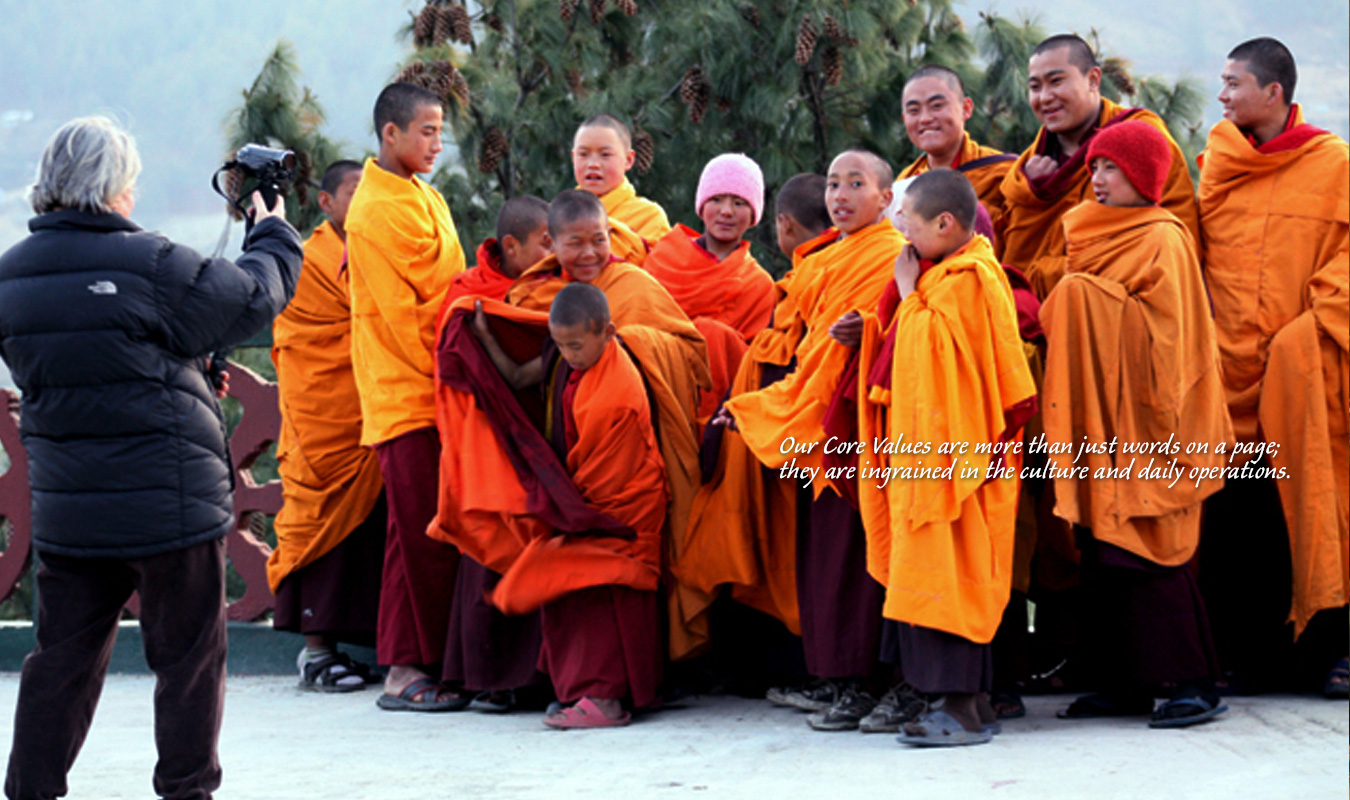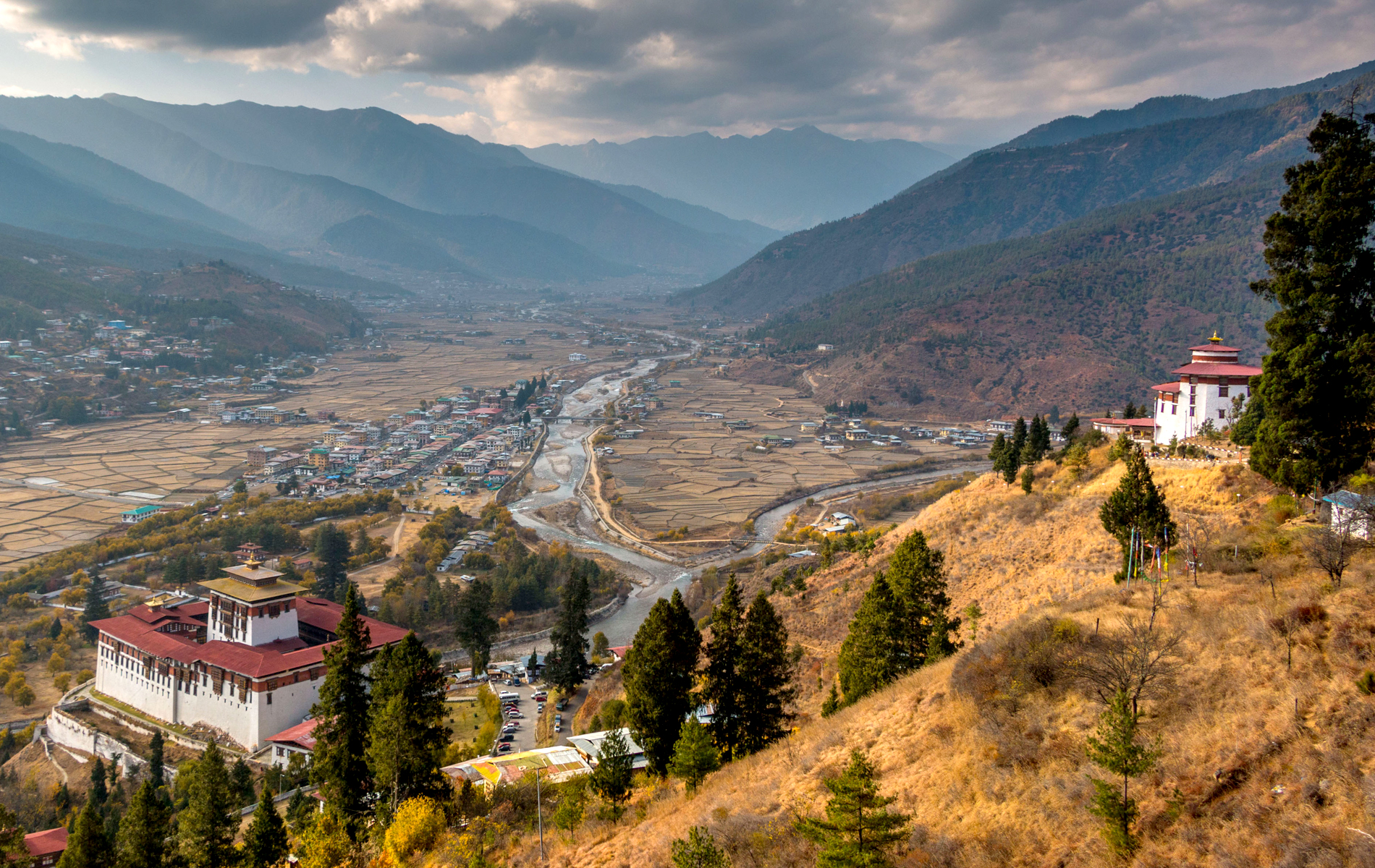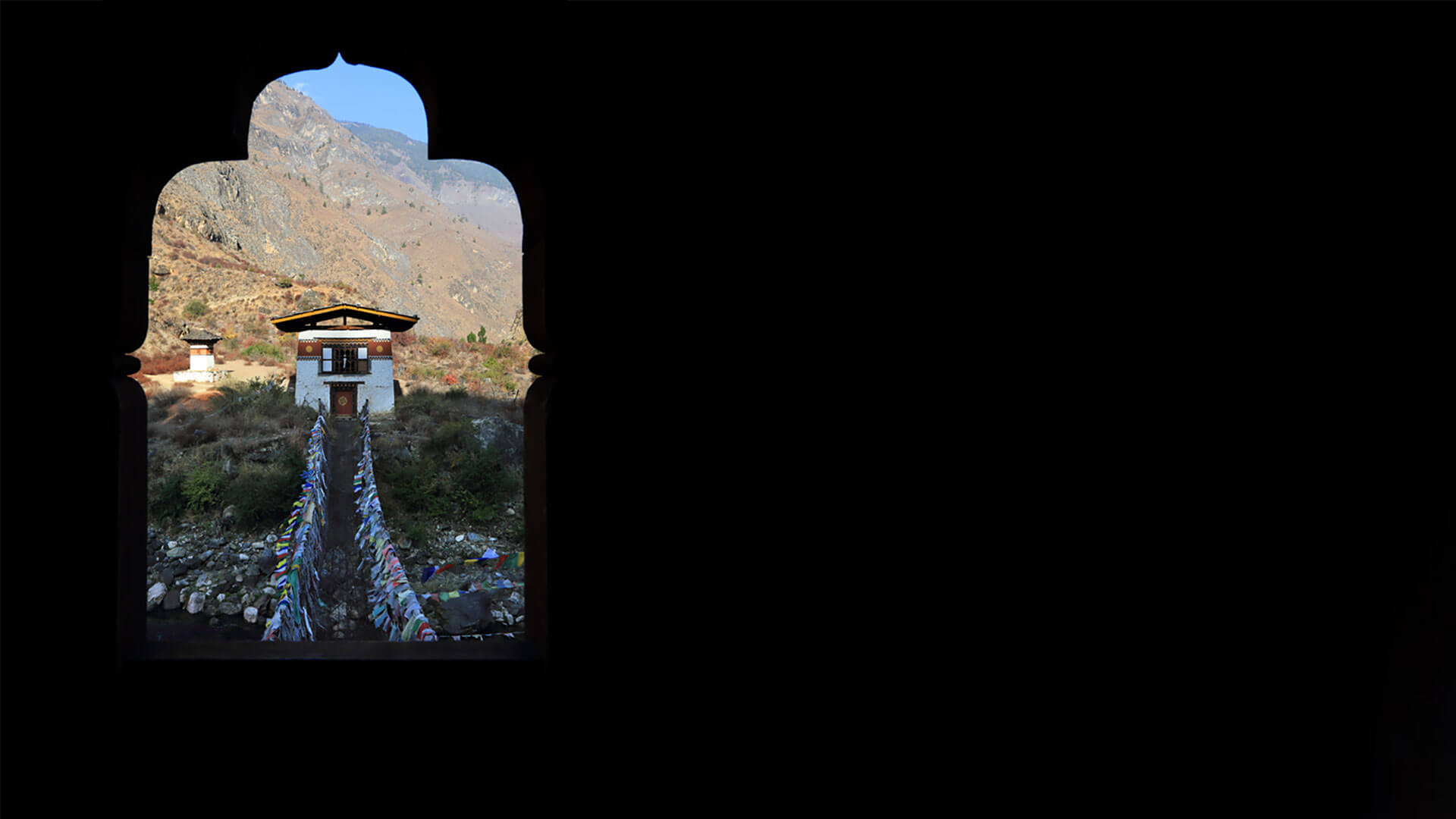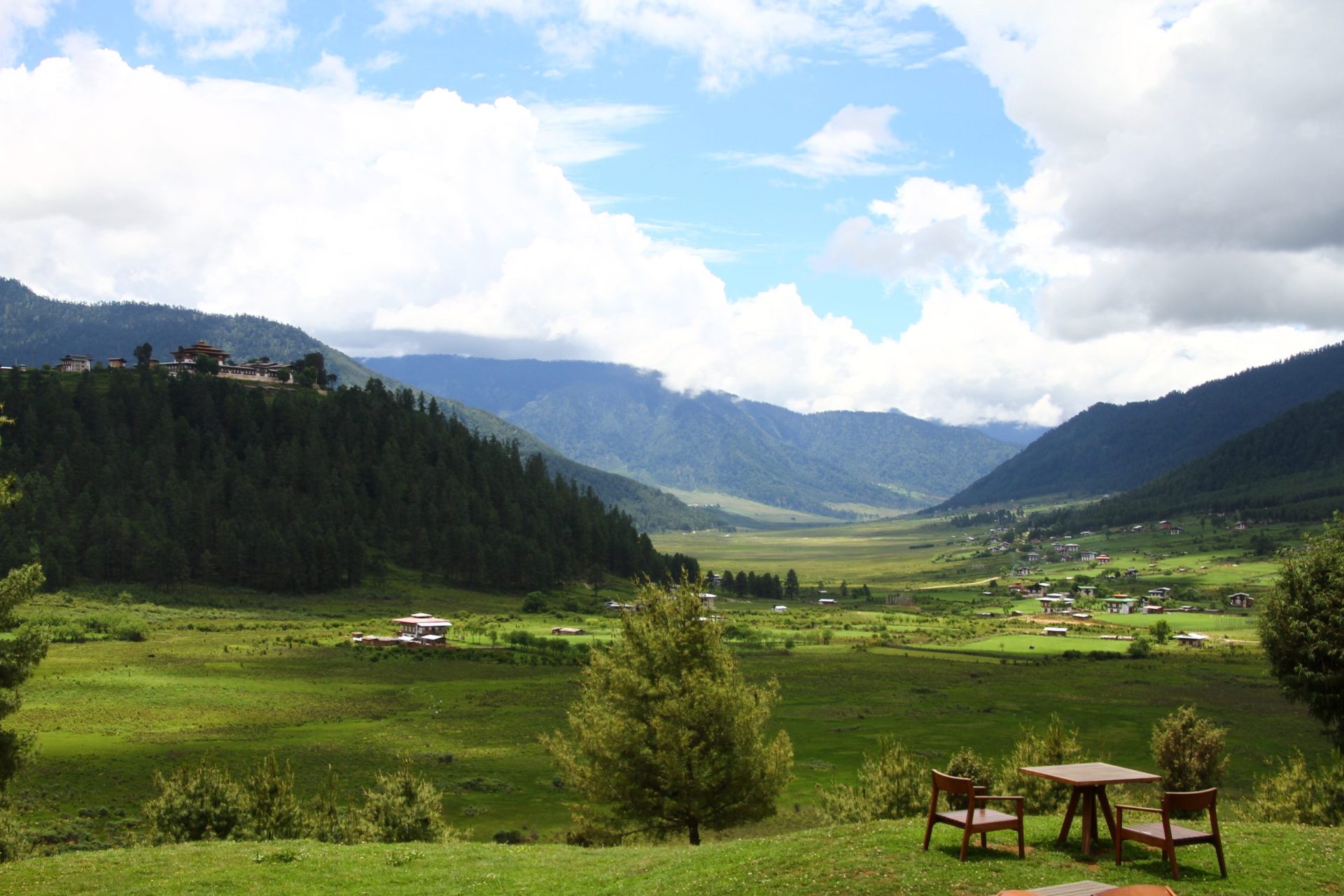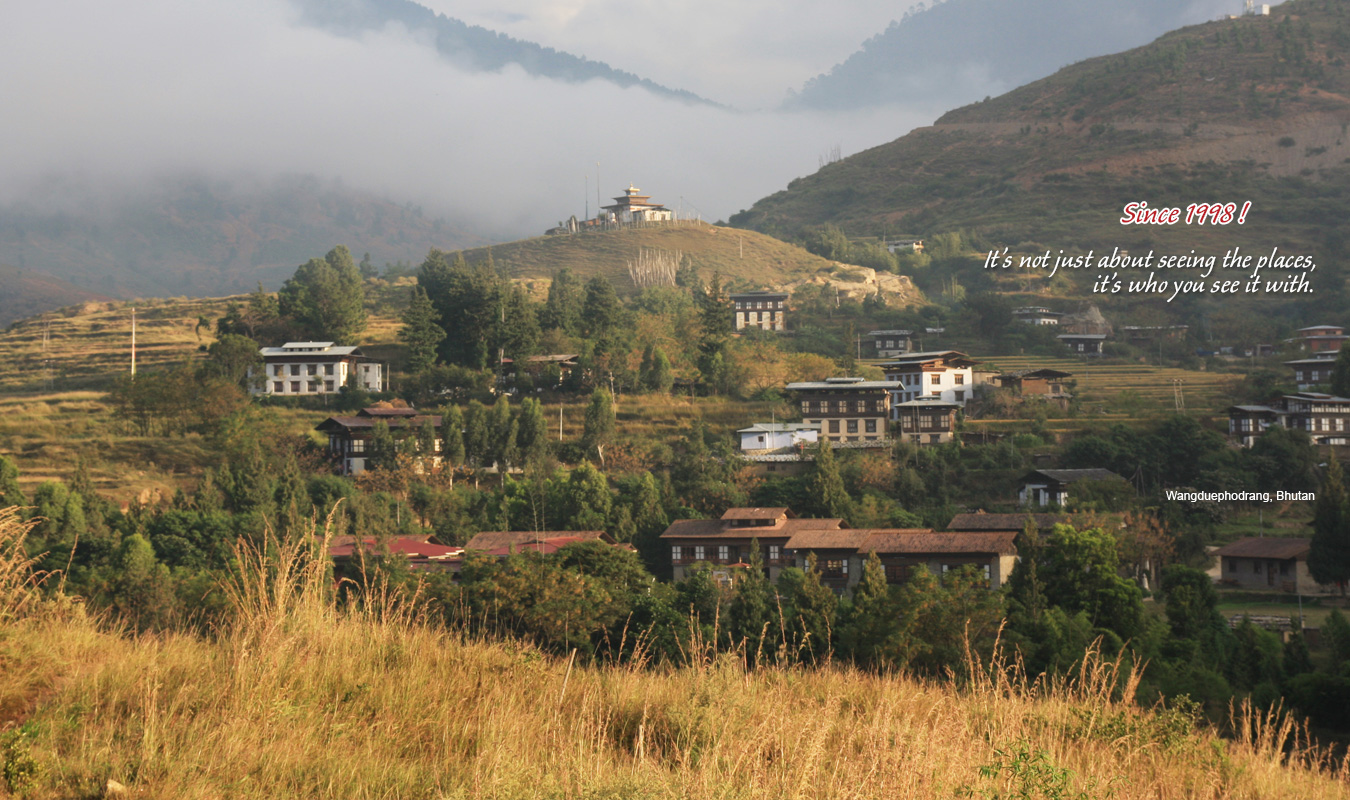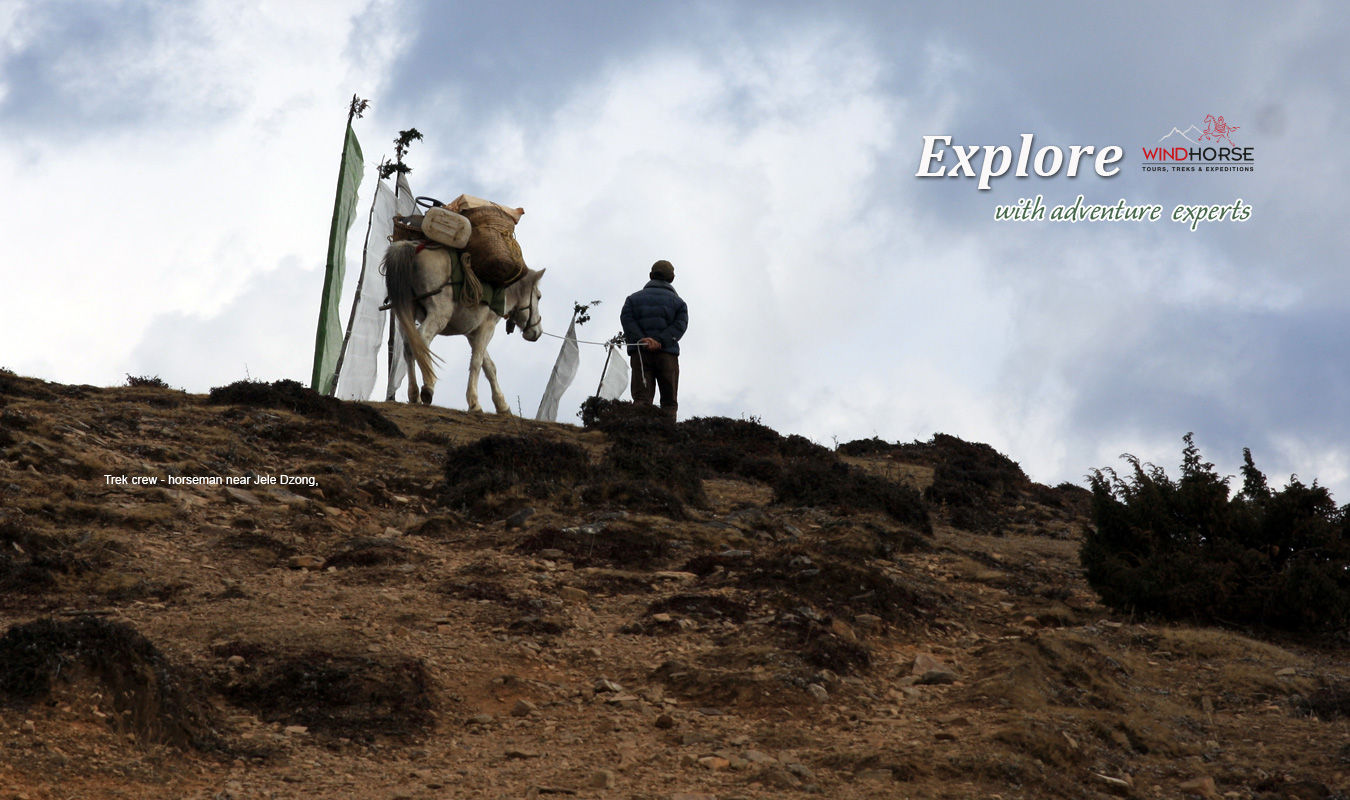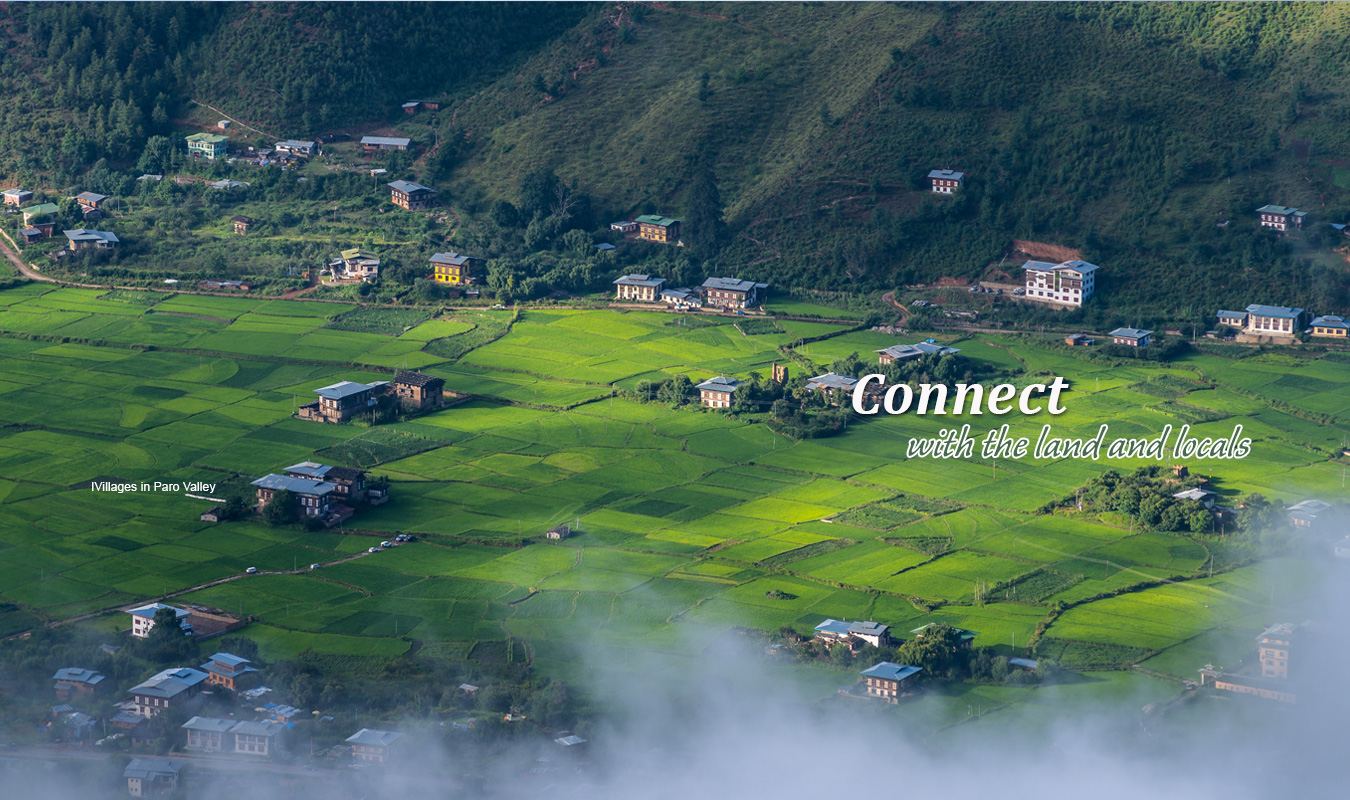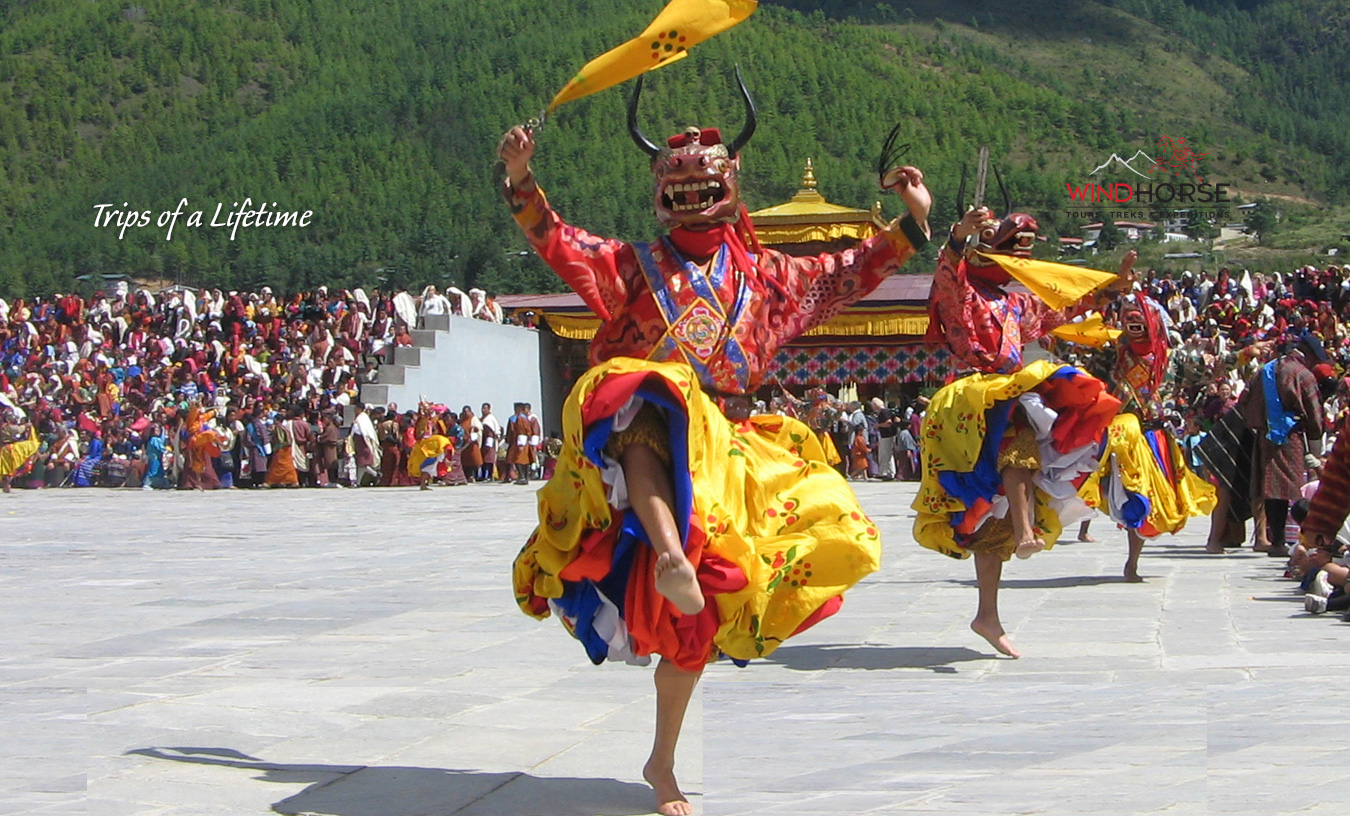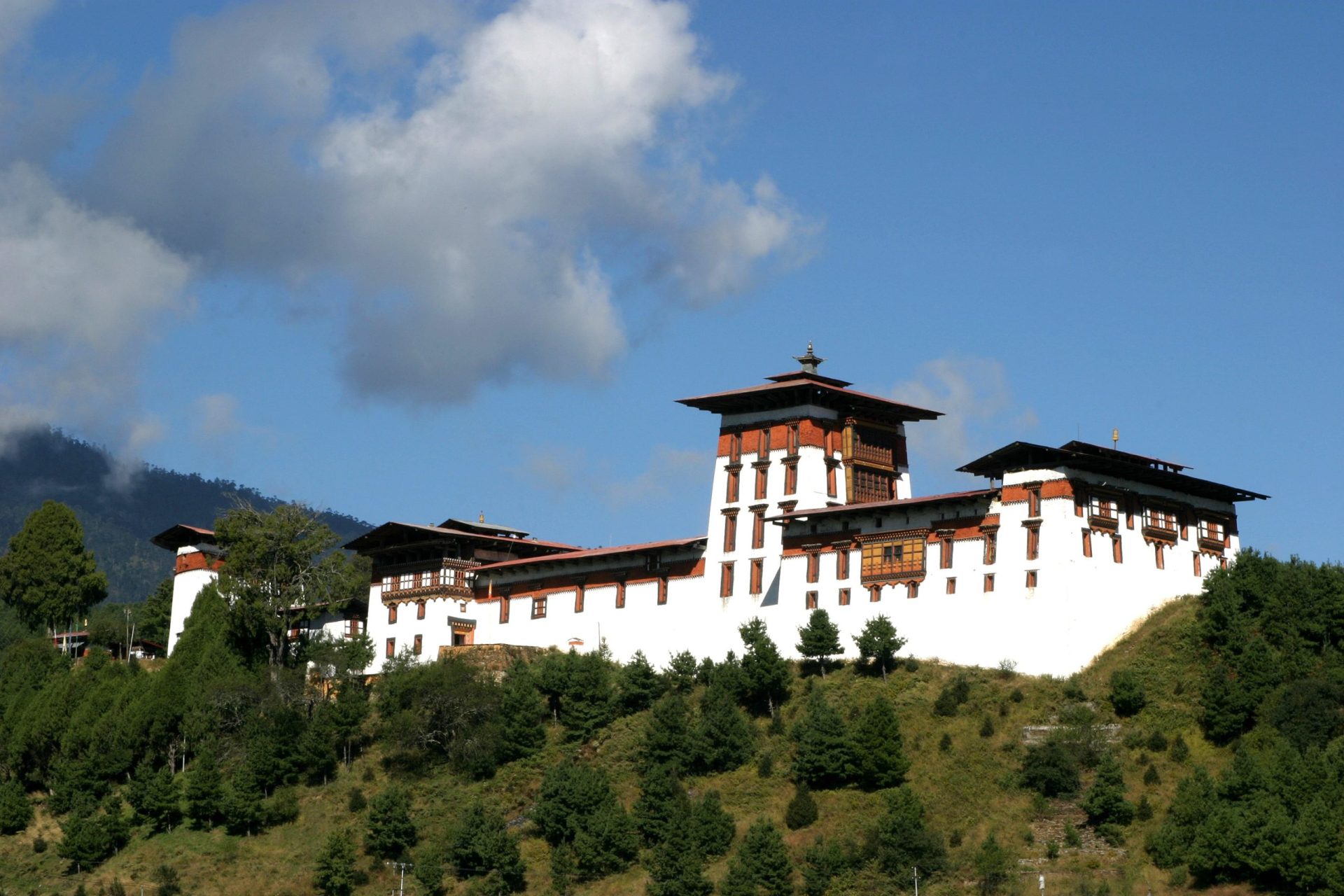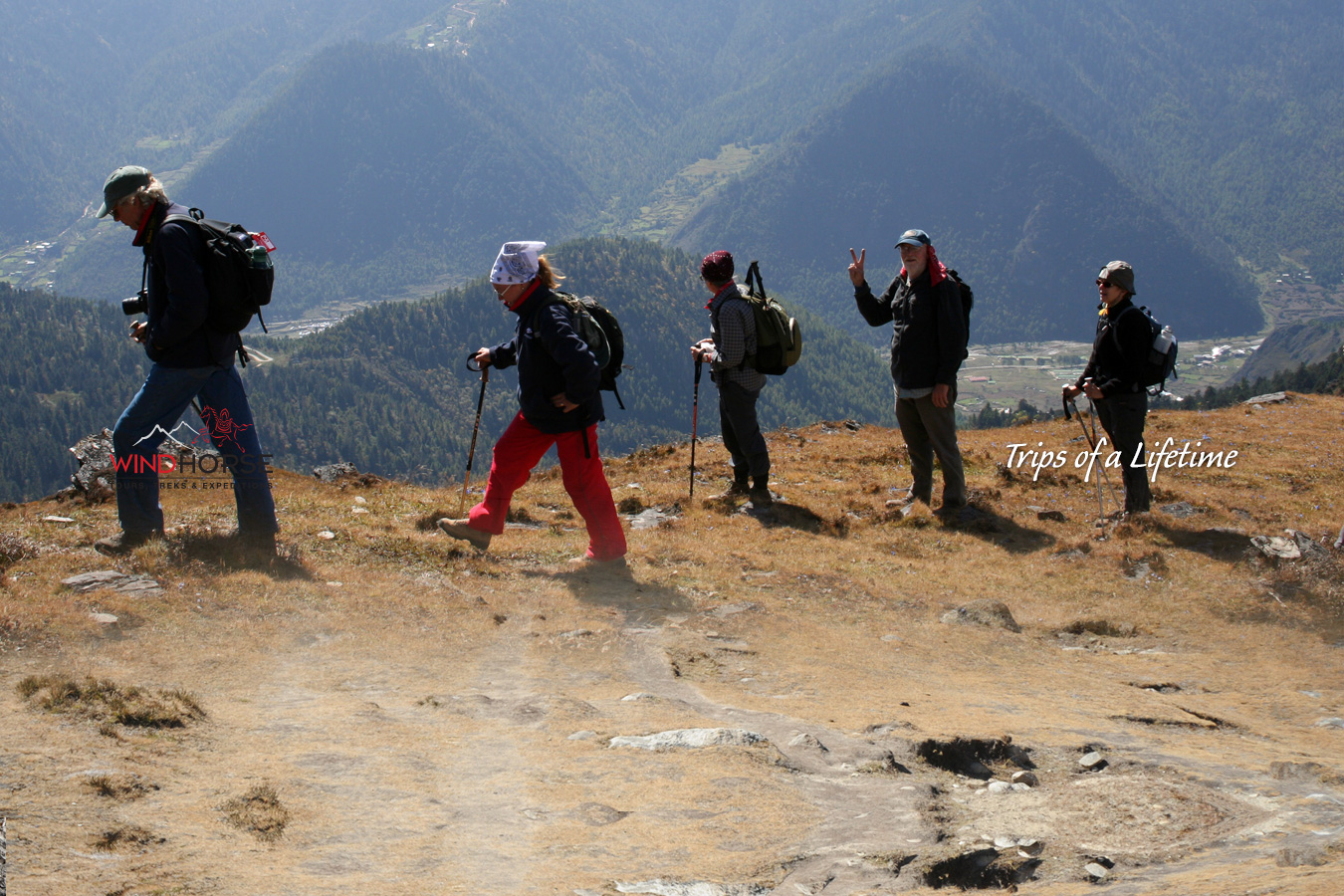Trongsa Dzong || Trongsa Dzong or Choekhor Rabdentse
Trongsa Dzong, also known as Choekhor Rabdentse, stands as an impressive and historically significant architectural marvel in Bhutan. This dzong is celebrated for being one of the largest and longest in the country.
Perched dramatically on a cliff high above the Mangde Chu gorge, Trongsa Dzong's origins trace back to 1543 when a temple was initially constructed on this site. However, the grand fortress that stands today was built in 1648, featuring a massive structure adorned with intricate wood carvings.
The dzong's sprawling complex is a testament to Bhutanese craftsmanship, boasting multiple levels, courtyards, and covered passages that gracefully follow the natural contours of the ridge. Beyond its religious role as a monastery, Trongsa Dzong also functions as a local administrative center for the region, providing a home for monks.
What makes Trongsa Dzong even more remarkable is its historical significance in Bhutanese governance. The first and second kings of Bhutan ruled the country from within the formidable walls of this fortress. Furthermore, it served as a crucial stepping stone to the throne, as all successive kings took on the position of Trongsa Penlop (governor) before ascending to the throne. This historical tradition solidified the dzong's pivotal role in Bhutan's political history.
Today, Trongsa Dzong continues to captivate visitors with its awe-inspiring architecture, cultural significance, and stunning views overlooking the Mangde Chu gorge. It stands not only as a testament to Bhutan's rich heritage but also as a symbol of the country's unity and enduring traditions.


 +1 612 869 4949
+1 612 869 4949
